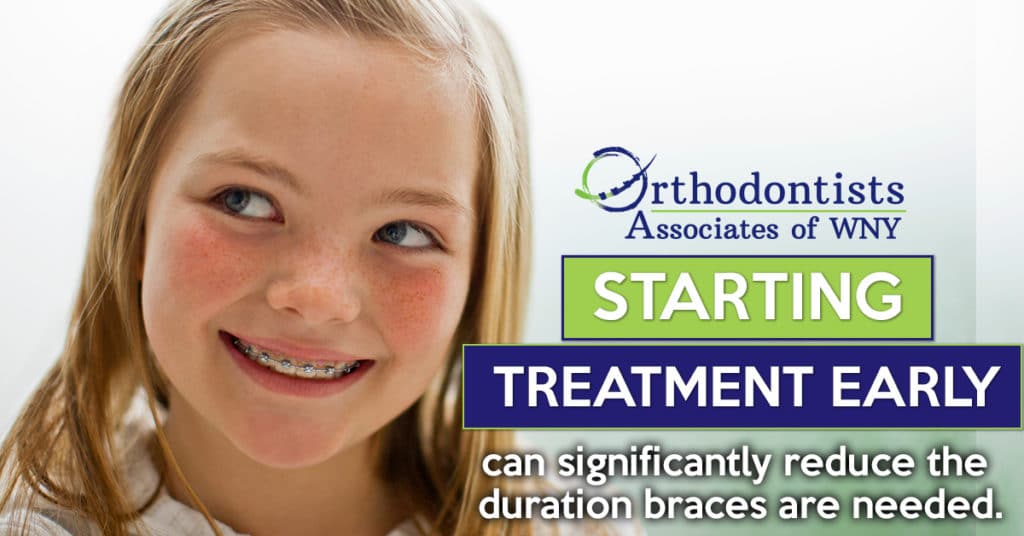Legacy Orthodontics Fundamentals Explained
Legacy Orthodontics Fundamentals Explained
Blog Article
Legacy Orthodontics Can Be Fun For Everyone
Table of ContentsThe Ultimate Guide To Legacy OrthodonticsLegacy Orthodontics - The FactsNot known Incorrect Statements About Legacy Orthodontics The 5-Minute Rule for Legacy OrthodonticsEverything about Legacy Orthodontics
In enhancement, we provide adjustable treatment schedules, versatile settlement options and a fun, pleasurable experience.An orthodontist is a dentist trained to detect, protect against, and deal with teeth and jaw irregularities. Orthodontists function with individuals of all ages, from kids to grownups.
Malocclusion, or misaligned teeth, can result in oral issues, consisting of tooth decay, gum tissue illness, and challenging or agonizing chewing. Not everyone is born with straight teeth. If you have a negative bite or big areas in between your teeth, you may wish to get in touch with a dental professional specializing in orthodontic treatment.
Excitement About Legacy Orthodontics
( Image Credit Score: DigitalVision/Getty Images) Orthodontists use fixed and detachable oral devices, like braces, retainers, and bands, to transform the placement of teeth in your mouth. Orthodontic therapy is for dental irregularities, consisting of: Jagged teethBite troubles, like an overbite or an underbiteCrowded teeth or teeth that are too far apartJaw misalignmentThe goal of orthodontic therapy is to enhance your bite.
A healthy and balanced bite guarantees you can consume, eat, and speak appropriately. While you may consider orthodontists as mainly for kids or young adults that require braces, they can fix dental problems at any type of age. Orthodontists attend college, dental school, and orthodontic institution. After graduation, they spend 2 or 3 years in an orthodontic residency program.
All orthodontists are dental experts, but not all dental professionals are orthodontists. Orthodontic residency programs use intensive, focused guideline for oral experts. They concentrate on two locations: Just how to appropriately and safely move teeth How to effectively direct development in the teeth, jaw, and faceOnce an orthodontist has actually completed training, they have the choice to become board licensed.
Some Known Details About Legacy Orthodontics
Malocclusion leads to tooth congestion, a misshapen jaw, or irregular bite patterns. Malocclusion is generally treated with: Your orthodontist affixes steel, ceramic, or plastic square bonds to your teeth.
If you have only small malocclusion, you might have the ability to utilize clear braces, called aligners, rather of conventional braces (https://legacy-orthodontics-47556153.hubspotpagebuilder.com/blog/your-smile-deserves-the-best-discover-your-leesburg-orthodontist). Some individuals need a headgear to assist move teeth right into line with stress from outside the mouth. After dental braces or aligners, you'll require to put on a retainer. A retainer is a personalized tool that maintains your teeth in position.
They can develop extra space in the mouth without having to draw teeth. Orthodontists make use of Click This Link cords, surgical screws, or plates to support your jaw bone.
You might need to see an orthodontist if you have: Crowding or otherwise adequate area for every one of your teethOverbite, when your top teeth come by your base teethUnderbite, when your base teeth are too far forwardSpacing or issues with gapsCrossbite, which is when your top teeth fit behind your bottom teeth when your mouth is closedOpen bite or an upright gap between your front base and top teethMisplaced midline, when the center of your base and top teeth do not align Fixing a dental malocclusion can: Make attacking, eating, and speaking easierImprove the proportion of our face and your total appearanceEase discomfort from temporomandibular joint conditionsSeparate your teeth and make them less complicated to clean up, aiding prevent dental caries or tooth cavities It's commonly a dentist who initially notifications misaligned teeth during a routine test.
Little Known Questions About Legacy Orthodontics.

Throughout your very first orthodontic appointment, you'll likely have: A dental examPhotos taken of your face and smileDental X-raysPanoramic (360 degree) X-rays of your face and headImpressions to develop molds of your teethThese tests will aid your orthodontist understand exactly how to continue with your therapy. leesburg braces. An orthodontist is a dental expert that's had training to treat your teeth and jaw
Orthodontists may carry out surgical treatment, exams,X-rays,and even more to aid you attain a much more comfortable, much healthier smile. An orthodontist is focused on your bite, so something like a chipped tooth would certainly be dealt with by a dentist. Orthodontists are dental experts but not all dentists are orthodontists. Orthodontists are concentrated on your bite, or the method your teeth fit together, and the straightness of your teeth.
Ever before wondered exactly how celebs always appear to have perfectly aligned teeth? Orthodontists are oral professionals who concentrate on correcting abnormalities in the teeth and jaws.
The 8-Minute Rule for Legacy Orthodontics

, orthodontists have a diverse toolkit at their disposal. These reliable dental braces make use of a system of braces bonded to the teeth and linked by cables.
Clear aligners, like Invisalign, are a popular option for patients looking for a more very discreet therapy choice. These detachable trays are custom-made to progressively change the teeth's placement. Headgear may be utilized together with braces or aligners to apply additional targeted pressures, particularly for dealing with jaw disparities. In situations of narrow jaws, palatal expanders can be used to create room for correct tooth placement.
Report this page